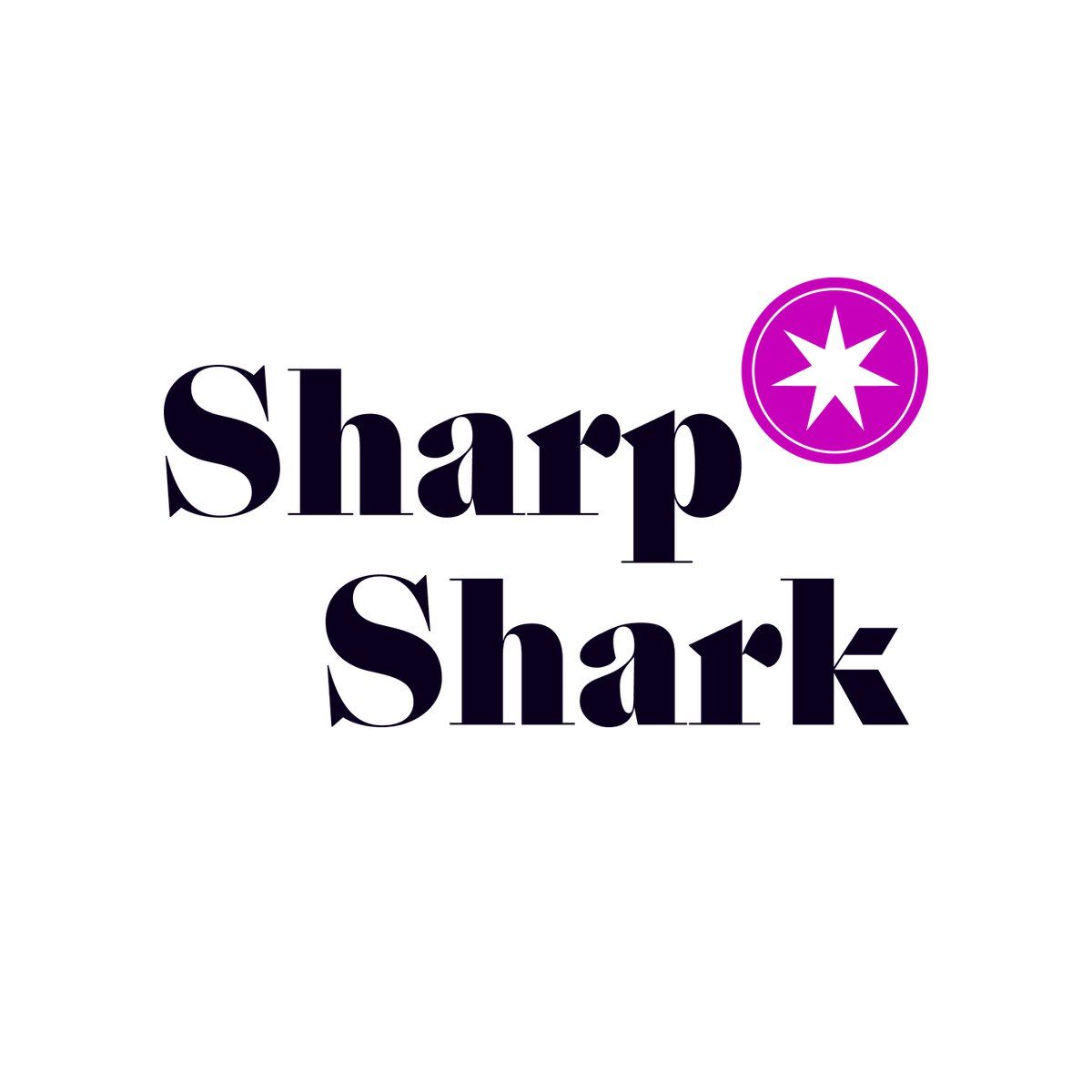279 reads
Pirates Won't Pass: How to Get Stolen Content Taken Down
by
June 23rd, 2021
Audio Presented by

We are SharpShark.io - a blockchain-powered tool for intellectual property management
About Author
We are SharpShark.io - a blockchain-powered tool for intellectual property management